Subscribe to the Newsletter
If you are interested in understanding how Traditional Chinese Medicine can improve your life sign up to my newsletter for the latest updates.
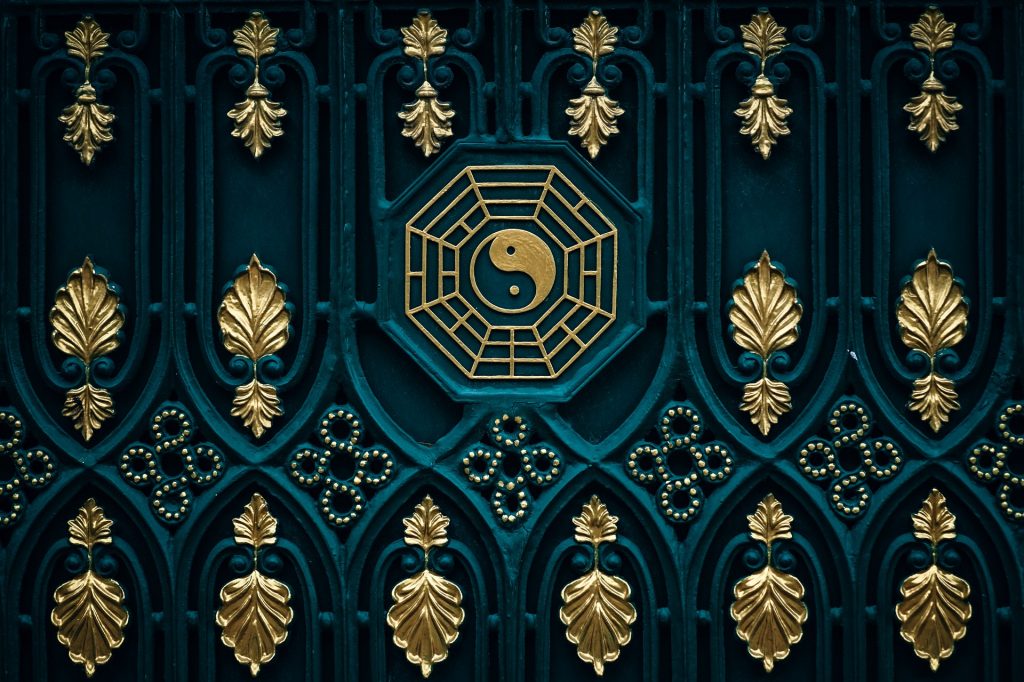
Key Learning Points on yin and yang
y alThe basic idea of Yin and Yang is simple, and the concept is old, very old. It was developed in ancient China to help them make sense of life, the universe and everything.
First written references to it were in the Book of Change (Yi Jing or I Ching) around 700BC, the origins of which go back much further: Chinese mythology attributes the Book of Change to Emperor Fu Hsi (around 3000BCE).
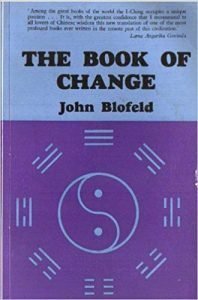
This book, I Ching – The Book of Change – by John Blofeld was the first translation of this ancient text that I possessed.
Read it for his introduction and for how to use the yarrow sticks, and in particular, for his description of how to get into the best state of mind to help you understand the ‘oracle’.
| By the way … ! ‘Oracle‘, to many, means a way to tell your future. I know that many people consult I Ching for this reason, but I don’t think this is correct usage of this ancient piece of wisdom. For me, it helps me discover aspects of my thinking that perhaps I hadn’t considered properly, or at all. But make no mistake, I have discovered from it information that was immensely practical, even if I could do nothing about it. For example, after my mother died, my sisters and I inherited her house. We let it to some cousins until we could decide what to do with it. At one point, we decided to sell, partly because the market was booming and partly because individually we needed the money for our own house purchases. However, we liked our cousins and their family who were paying us a reasonable rent for the house, and each of us could make our own purchases without the funds from the house’s sale, in the knowledge that when it did sell we’d each reduce any loans we took out to make the purchases. So I asked the I Ching whether we should sell. The reply was unambiguous! Firstly it would considerably discomfort our cousins. Second, the market was about to break. Third, we didn’t really need the money at this time! Subsequently, our cousins beseeched us not to sell, the market did indeed tumble and we each managed to purchase our properties without any hitches! |
Although I have many other translations, each invaluable in its own way, this is often the most direct, giving me its verdict, warts and all.
I personally don’t use the ‘instant’ answers that ‘apps’ can give (ie, apps you can download to your smartphone), not least because the mathematics which they use to choose the ‘answer’ are suspect to me. The original system, clearly described by John Blofeld, includes certain biases which make the answers more apposite.
For myself, I’ve recorded each time I’ve consulted it, over more than 50 years, so I can go back and learn in the light of subsequent circumstances. Even so, I’m a beginner.
Oh! And by the way, you may find delight and erudition from reading some of John Blofeld’s other books, such as The Wheel of Life.
The Yi Jing was a set of commentaries on 64 hexagrams formed from single and divided lines. This will make sense as you read on!
These hexagrams have symbolic and divinatory attributions. Some of the most famous thinkers in Chinese history (which goes back just as far as Western history, if not further) commented on them. Even today, 2700 years later, learned scholars respect what they said.
Such commentators included King Wen whose sons, Wu Wang and Tan, the Duke of Zhou, went on to create the Zhou dynasty. They also include Confucius, (551-479BCE) whom we all like to quote – for example: “Everything has its beauty but not everyone sees it.”
Don’t roll your eyes! The Zhou dynasty lasted longer than any other in Chinese history (1046–256 BCE). Let us know how many other royal dynasties, or totalitarian states you know of, North, South, West or East, with anything like such longevity!
These great sages didn’t just sit around pontificating on their meditations! Even today, in the West we have distinguished Services personnel who progress to illustrious careers in other fields such as literature or politics. Well, just so too then in China.
China in those days was an unhappy kingdom. Its Emperor King Choe was a tyrant. His wife’s demands and cruelty led him into bad ways, and he was the last emperor in the Shang dynasty (1766 – 1122 BC). He dissipated the nation’s wealth, he terrified his people and robbery and villainy were rife.
(For more about this click on China – A History by John Keay.)
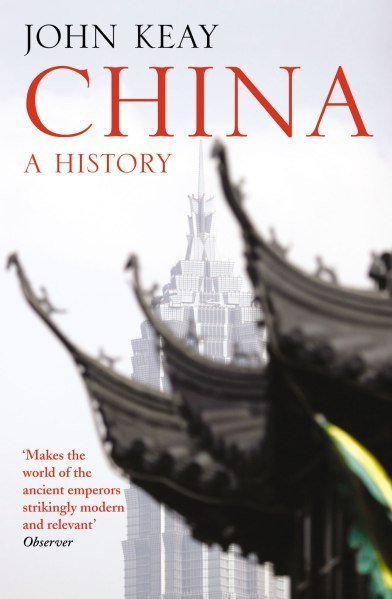
China was a rough, tough place, lacking anything approaching the rule of law some modern countries take for granted.
King Wen, ruler of one of Choe’s principalities, was by all accounts a remarkable man. He was much loved by his subjects in what is now Shensi province. But Emperor Choe threw him into jail. Why? The usual reason: fear that Wen might usurp his power.
While in prison, King Wen had good reason to consider his future. He studied the Yi Jing and wrote the first major commentary on it.
Terse and cogent, King Wen’s observations describe situations in life and suggest, given certain actions, how they turn out – all based on yin and yang theory.
Later, King Wen’s son, Wu Wan, overthrew Choe and set up the Zhou dynasty. Another son, Tan, hurt by the hurly-burly of political life and accusations that he intended to seize power, resigned office and retired for a while. He spent much of his life making further interpretations of the texts.
Later, Confucius and his disciples added further major commentaries.
By the way, if you are particularly interested in how modern China arose, click The Search for Modern China by Prof Jonathan Spence, depicted below.
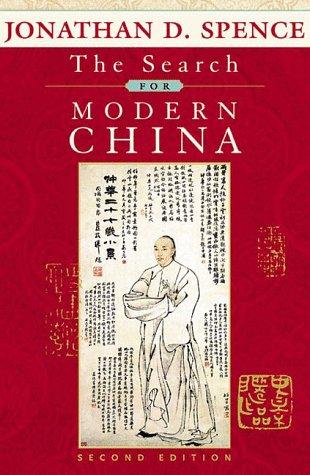
All these various explanations, annotations and clarifications make up what are called the ‘Ten Wings’. These, together with the 64 hexagrams, constitute the ‘Yi Jing’ or ‘I Ching’.
These 64 hexagrams look pretty dull unless you’re a mathematician. It is what they symbolise that matters.
The first two, Ch’ien and K’un, represent Yang and Yin respectively.
More has been written about the Yin and Yang hexagrams than any of the other 62.
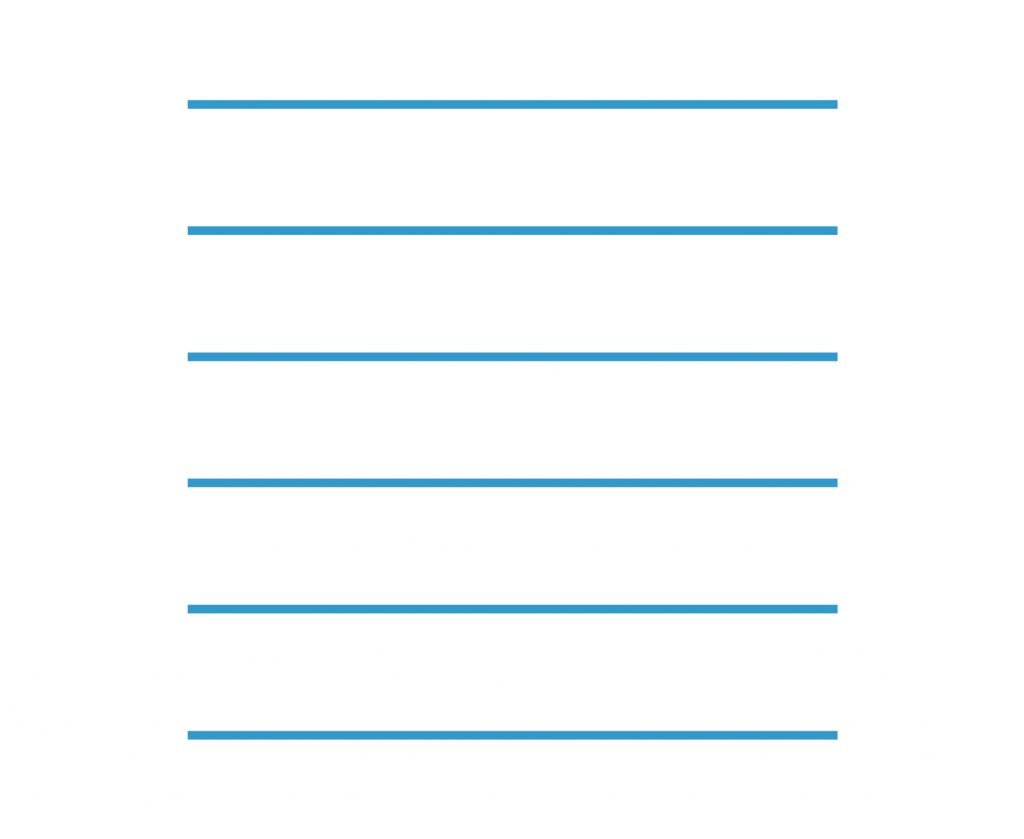
Ch’ien, the first hexagram, (image above) symbolizes Yang, the symbol for Heaven, the creative principle.

K’un, the second hexagram, (image above) symbolizes Yin, the symbol for Earth or the Passive principle.
If we create, first we imagine then we give form to our imagination. The idea comes first, followed by a more concrete reality. As our idea improves, we work on the creation.
(For a Western philosophical approach to this, read Douglas Fawcett’s ‘Divine Imagining’ – click the picture for the link. Warning: this is not an easy read.)
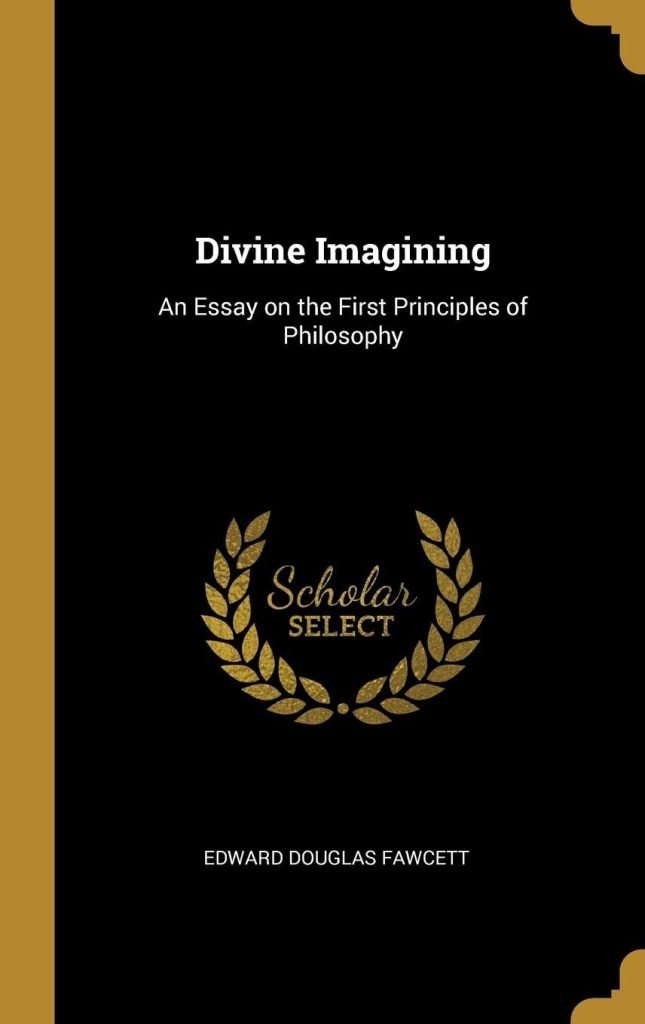
With this website, the idea (yang) came first, followed by a lot of work (yin) and you see the product which, however, is constantly under improvement. Yin replicates the original idea, multiplies it; yin is mould-able and adaptable but requires ingenuity (yang) to produce something new.
You can change your mind in a moment. For example, suppose you want to buy a car. First there is a yang phase, during which you enjoy looking at all the magazines, reading the car reviews and going for test drives. Most people love this phase: it’s called window-shopping.
But after you’ve bought your nice new shiny car, you can’t change it! You’re stuck with it: the idea has become reality – yin.
So Yang is changeable and creative and fast, while Yin is adaptable and slow. It usually takes time and work to change Yin.
Yin is something that is moved or heated, and Yang is the force or energetic means that moves or heats it. In us, yin is the body, yang the life in it. When we are formed (sperm and ovum), the two come together as yin and yang.
Yin and yang lose contact with one another when we die.
Yin and Yang mean something only in relation to each other. In the same way we can say something is hot only compared with something cold. The freezing point of water may be cold to most of us, but may feel warm to a penguin in the Antarctic winter.
In our bodies, the parts that are more stable, that last longer, that are more hard to touch, are generally more Yin. For example our bones, as compared with those parts that are more quickly changed, such as skin which sheds and re-forms daily. So skin is, relatively-speaking, yang. The skin is also on the outside, defending us (yang) against the elements, whereas our organs are deep inside (yin).
Between these two extremes lie the muscles, organs, nerves, circulatory vessels, our brain and spinal tissue. Muscles are more yang than organs, but more yin than blood, for example. (Blood moves all the time, muscles only when you move, and your organs are relatively stable, inside.)

Stay in Touch!
No spam, only notifications about new articles and updates.

Book a Video consultation if you want to know more about your symptoms
It (Blood) is more yang than bone, because Blood moves around within our bodies.
However, blood is fluid (yin) compared to the the pulse (yang) which pushes it.
The upper parts of our body are more yang, because although our legs carry us around, we do more constant movement with our hands and minds.
Equally, from this logic, being further away from the Earth, which is relatively Yin, our heads and the upper portions of our bodies are nearer the sky – the Heavens – which are Yang. Warm air rises (yang), whereas cold air sinks (yin).
Consequently cold is more yin. Compare that with heat, which is more yang.
In good health, yin and yang work together, neither being uppermost: they interact to each other’s benefit. When we work, the intention is yang, and what does the work is yin, the body.
Nowadays, in modern Western society, much work is done sitting, using the mind and the hands and the voice. These are relatively yang (mental – yang) activities, at least compared with manual work such as making beds, or lifting, carrying, digging, pulling, pushing, hoeing etc., which are more balanced, involving both yang and yin.
Illness can arise from many causes. One of them is overuse of any particular activity. Modern office work that stops us moving and makes us use only one part of our bodies can easily lead to illness. That’s because health is maintained when energy flows around and between the different parts of us.
Yes, you can be Yang Deficient! You can also be Yin Deficient!

Does it matter? Short-term, not much, because every moment of your life the amount of Yin relative to Yang changes in your body and mind, even as you breathe in and out.
Long term? Yes. It leads to disease if either Yin or Yang is chronically deficient – or excess.
If you’re interested in the long-term effects of sitting when you work, read the following pages:
This interchange is the flow of Qi. If Qi doesn’t flow, you get pain.
Office workers often suffer from tension, caused by a build-up of Yang. This affects our more Yang areas, being the upper part of the body, the head (headaches), the neck and shoulders (tight), the chest (breathing, respiration and circulation) all of which can trap Yang as tension.
People who sit too much end up with congestion and heaviness in the lower part of the body: haemorrhoids, sore back, varicose veins, painful periods, which are often due to yin energy (eg blood) not being moved around by yang.
Very active people who don’t look after themselves are relatively yang: unless they eat and rest adequately (yin activities) they risk running out of yin qualities, which will make them over-tired, over-wrought, irritable, tense, not able to sleep well.
This can seem like hyperthyroidism, but gradually as they deplete their resources they become hypo. However, yin and yang don’t directly relate to your thyroid: you have to consider each individual separately.
When someone has exhausted his or her yin resources you get someone with symptoms that are yin-deficient.

I wrote a book about it! – Yin Deficiency is not uncommon. You can do lots to help yourself.
Cooks and stokers work close to ovens and furnaces: the heat (yang) eventually leads to skin rashes as their bodies try to keep the yang heat away from the more important inner yin organs.
If you work with computer screens you are using the Blood needed by your eyes. The Chinese medical attitude to this is that you deplete the yin-like nutritional energy for your eyes, (technically called ‘Liver Blood‘). This leads either to tiredness (lack of qi) or inflammation (excess of yang because of too little yin) – or both.
Why would one person get tired and another get an inflammation? This usually depends on the intensity with which they work, the brightness of the light, and their basic health. A robust person tends to get inflammation, a more depleted person gets tired, unless the latter is deficient in Yin, in which case they might get inflammation (the inflammation being yang, but derived from a deficiency of yin).
Not to confuse you … but in martial combat, your soft inner parts (like those in your chest and abdomen such as your heart, liver, kidney and spleen organs) are yin.
Your sides and back are yang.
Why?
Because yang is initiating but also defensive and controlling. The martial artist trains for speed and uses his hard parts, his elbows, head, hands and feet, to attack (yang). If you are defending, you protect your abdomen (yin) as best you can. You turn your back or curl up, using your (yang) back to defend yourself.
Or you run away, which also places your back (yang) between you and your assailant!
So acupuncture practitioners spend part of the interview discovering, amongst other things, what ratios of yin and yang, qi and blood, the patient’s health consists of.
Simplifying, problems at the top of the body are more likely to be yang or yang excess in nature: those down below are more yin or yin-excess in nature.
However, it isn’t always that easy. Many problems in the head can be due to yin deficiency, for instance.
And many problems in the lower part of the body can exist because of yang deficiency.
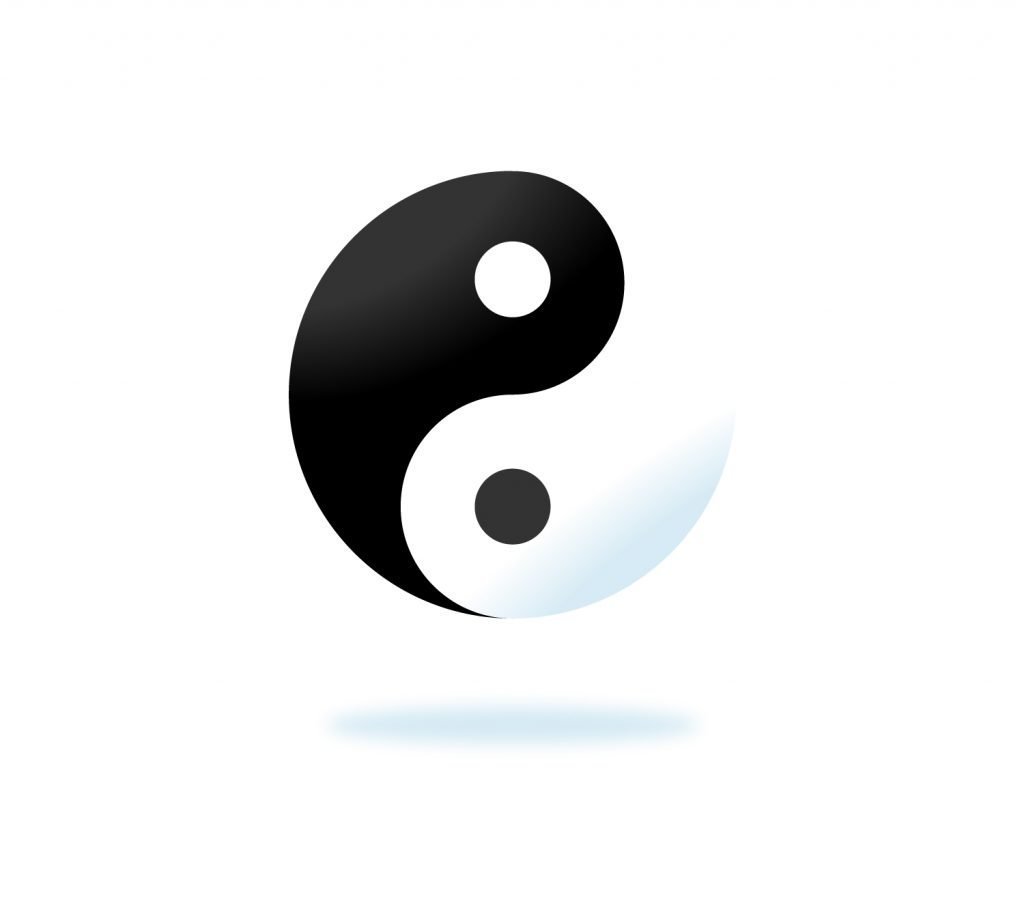
Everything!
Yin and Yang relate to everything you can think of, see, touch, feel, do or live with.
With your car, the car itself is yin. Its fuel is yang. But if you use petrol or diesel, that fuel is yin compared to electricity, because electricity moves much faster and has less ‘substance’ than liquid fuel.
If you run out of fuel, your car becomes just a lump of metal: inert. The engine (yin) has lost its fuel (yang) so yin and yang are not in contact and the vehicle lacks life.
If you enjoy book-keeping (some people do), your creditors are yang – because they supply what you need to run the business and, from the business’ viewpoint, are outside it. Your physical or intellectual assets and your debtors are yin because they are your assets and represent the work you’ve done or funds you can call on to pay for work done.
But if you sell one of your products, you become yang in relation to your customer, who is yin.
If it’s your business, you are the creative force and your employees are the means to create money. They are the yin, and the yang, provided by you, creates the impetus, leadership and inspiration.
Decided to get fit and beautiful for the summer?
First you have the inspiration (yang).
Next comes the time and work at the gym, training (yin).
Put yin and yang together and you get observable change:
Actually, many who wish to lose weight should use weights too! Lifting weights burns calories while toning muscles. By working on yin (resistant weights) you can create yang (the body get’s better at creating energy which burns the fat off). Here too, yin and yang work together.
From all this, you’ll realise that yin and yang are relative concepts:
Sperm and ovum, head and tail, male and female, day and night, life and death, yang and yin, yin and yang.
Yin and Yang work best when there is a constant inter-flow between them, giving change and transformation.
Most unhappiness and illness arise when Yin and Yang aren’t able to interchange or interact properly.
How do you do this? Read the theory of Five Elements.
Then read our page on balancing yin and yang. Also, when energy (Qi) fails to interchange, adapt or transform into its different forms, you get Qi Stagnation. (I wrote a book about that, too! See below.)
Our page yin and or yang shows how the concepts may apply to life, politics, the economy and why you get chocolate on your face.
But do read the book mentioned above, by John Blofeld. It is easy to read and helped me to understand many of the basic ideas behind what I do. I particularly recommend the Forward and first three explanatory chapters. Here’s another link to it:
The Book of change.
A new translation of the ancient Chinese I Ching, Yi King.
In Chinese medicine these concepts of Yin and Yang are an important part of the 8 Principles. They are also the bedrock theory behind the Dr Richard Tan Balance method for treating pain.
Pages on this site on yin and yang (includes some of those listed above)
If you wish to learn more about China, life there and its civilisation, consider membership of the Scottish China Association which publishes a journal ‘SINE’, has an informative website and meets regularly in Glasgow and Edinburgh.
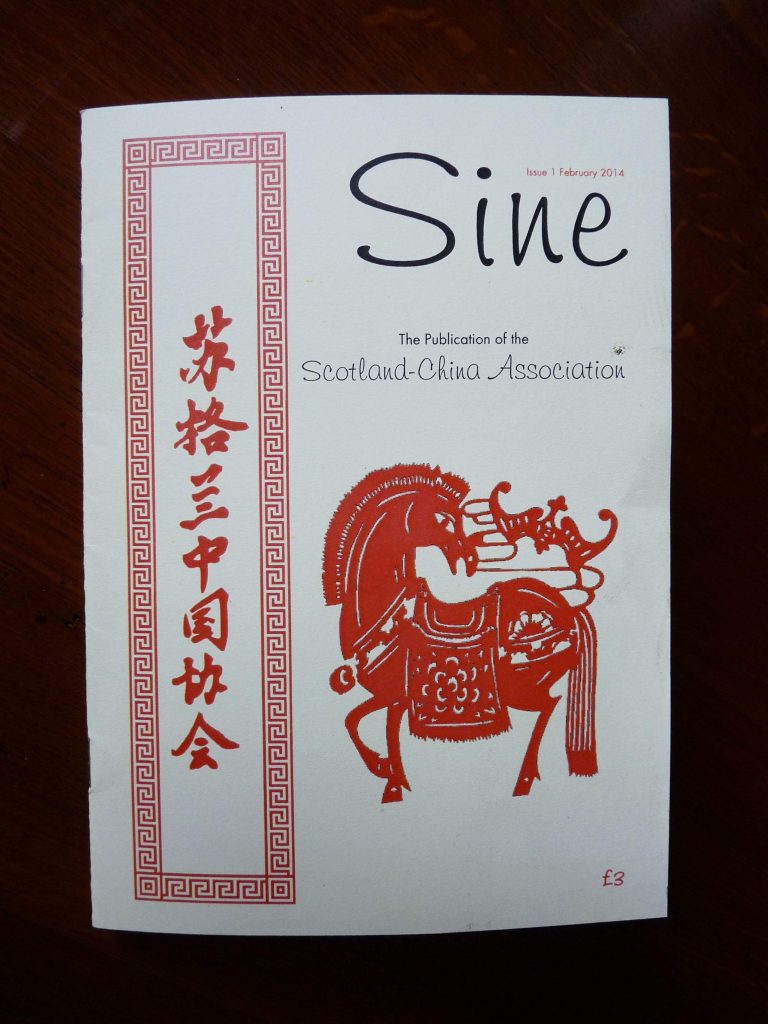

This Introductory Chinese medicine course introduces you to the amazing thinking behind this ancient medicine, now increasingly in demand.
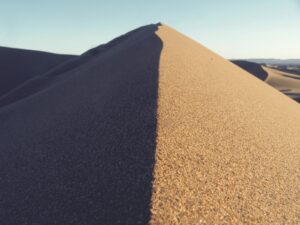
The Scottish College for Chinese medicine provides introductory courses for all, explaining Chinese medicine and its cultural background.
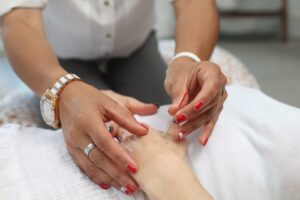
Master Tung’s acupuncture is a hidden treasure, lost to China but recovered in Taiwan from where it spread round the world.

Knee pain has five main causes. It’s certainly worth trying acupuncture before you resort to surgery!
Subscribe to the Newsletter
If you are interested in understanding how Traditional Chinese Medicine can improve your life sign up to my newsletter for the latest updates.
Subscribe to the Newsletter
If you are interested in understanding how Traditional Chinese Medicine can improve your life sign up to my newsletter for the latest updates.